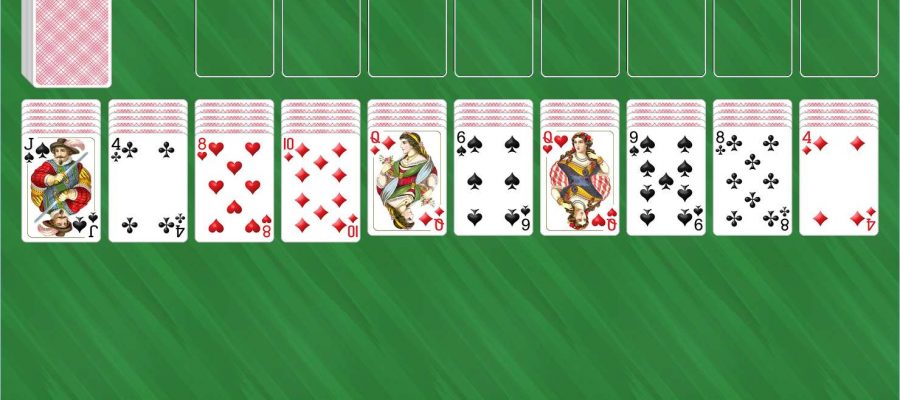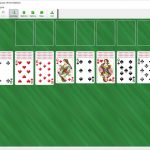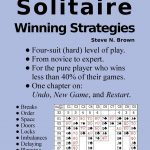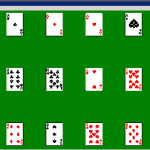Content Table:
Spider Solitaire Strategy Guide
Spider Solitaire is a well-known card game that has gained immense popularity, especially since Microsoft began including it with Windows. However, despite its widespread appeal, many players find it challenging and want to know how to improve their chances of winning. In this guide, we will explore effective strategies to help you conquer Spider Solitaire and enjoy your gaming experience.
The Objective of Spider Solitaire
The primary aim of Spider Solitaire is to build complete ascending suit sequences in the foundation zone. While this might sound simple, achieving this goal can be quite difficult, particularly in the four-suit version of the game, which often feels nearly impossible to complete. However, with the right strategies, you can significantly increase your odds of success.
Essential Strategies for Success
Before diving into the strategies, it’s important to note that this guide assumes you are using a solitaire game that allows for multi-undo moves. If your solitaire program doesn’t support this feature, you can still benefit from the strategies discussed here, but some advice may not apply.
Key to Winning: Empty Columns
The golden secret to winning Spider Solitaire lies in creating empty columns. Your first objective is to get one column vacant, and ideally, you should aim for two. Once you have two empty columns, the game becomes much more manageable. If you can manage to create three or four empty columns, your chances of winning greatly improve, unless you encounter an extremely unlucky run of cards.
Getting the First Empty Column
To achieve your first empty column, make your initial move with the highest-ranked card that you can play. If given a choice, prioritize playing cards from the right-hand stacks, as they start with one less card. After that, follow this order of priority for your moves:
- Play from the stack closest to being complete: If possible, always play the card from the stack that is nearest to being emptied.
- Play the highest-ranked card: If you cannot play from the stack closest to being emptied, play the highest-ranked card available.
- Consider same-suit sequences: If you have multiple cards of the same rank, prioritize playing one that can be placed into a same-suit sequence.
Continue this strategy until you either empty a column or run out of possible moves. Once a column has been emptied, your focus will shift slightly.
Phase Two: Cleaning Up, Rearranging, and Exposing
After achieving your first empty column, the game’s strategy evolves. You now have three primary objectives: ‘cleanup’, ‘rearrange’, and ‘expose’ new cards. A key principle at this stage is to maintain your empty columns, as they provide more choices and flexibility in your game.
Cleaning Up
The first task in this new phase is ‘cleanup’, which involves reorganizing your columns to create same-suit sequences. For example, if you have:
- Column 1: 7 of Diamonds, 6 of Hearts
- Column 2: 7 of Clubs, 6 of Diamonds
You can use the empty column to rearrange them as follows:
- Column 1: 7 of Diamonds, 6 of Diamonds
- Column 2: 7 of Clubs, 6 of Hearts
This is done by moving the 6 of Diamonds into the empty column, placing the 6 of Hearts onto the 7 of Clubs, and then the 6 of Diamonds onto the 7 of Diamonds. Importantly, after completing this sequence, the empty column remains vacant, which is crucial for ongoing gameplay.
Rearranging
Once you’ve cleaned up your columns, the next step is to rearrange any existing sequences to form longer sequences. If moving a sequence exposes a new card or reveals a card that is not part of the sequence, always make that move. The decision to move a sequence should consider whether it maintains the same suit and what other cards are currently blocking your progress in the game.
Exposing New Cards
Finally, the goal is to expose new cards while keeping your empty column intact. You can use multi-level undo to facilitate this process:
- Move a card or sequence into the empty column to expose a new card.
- If the new card allows you to move the original sequence back, do so.
If the exposed card does not allow you to move it back, try moving a different card or sequence instead. If you cannot expose new cards while keeping the empty column, consider dealing cards from the talon.
Conclusion
While these strategies will not guarantee victory in every game of Spider Solitaire, they provide a solid foundation for improving your gameplay. The most critical element is to create and maintain empty columns, which significantly enhances your options. As you gain more experience, you may develop your own strategies to complement these tips. Happy playing, and may you enjoy more wins in Spider Solitaire!



